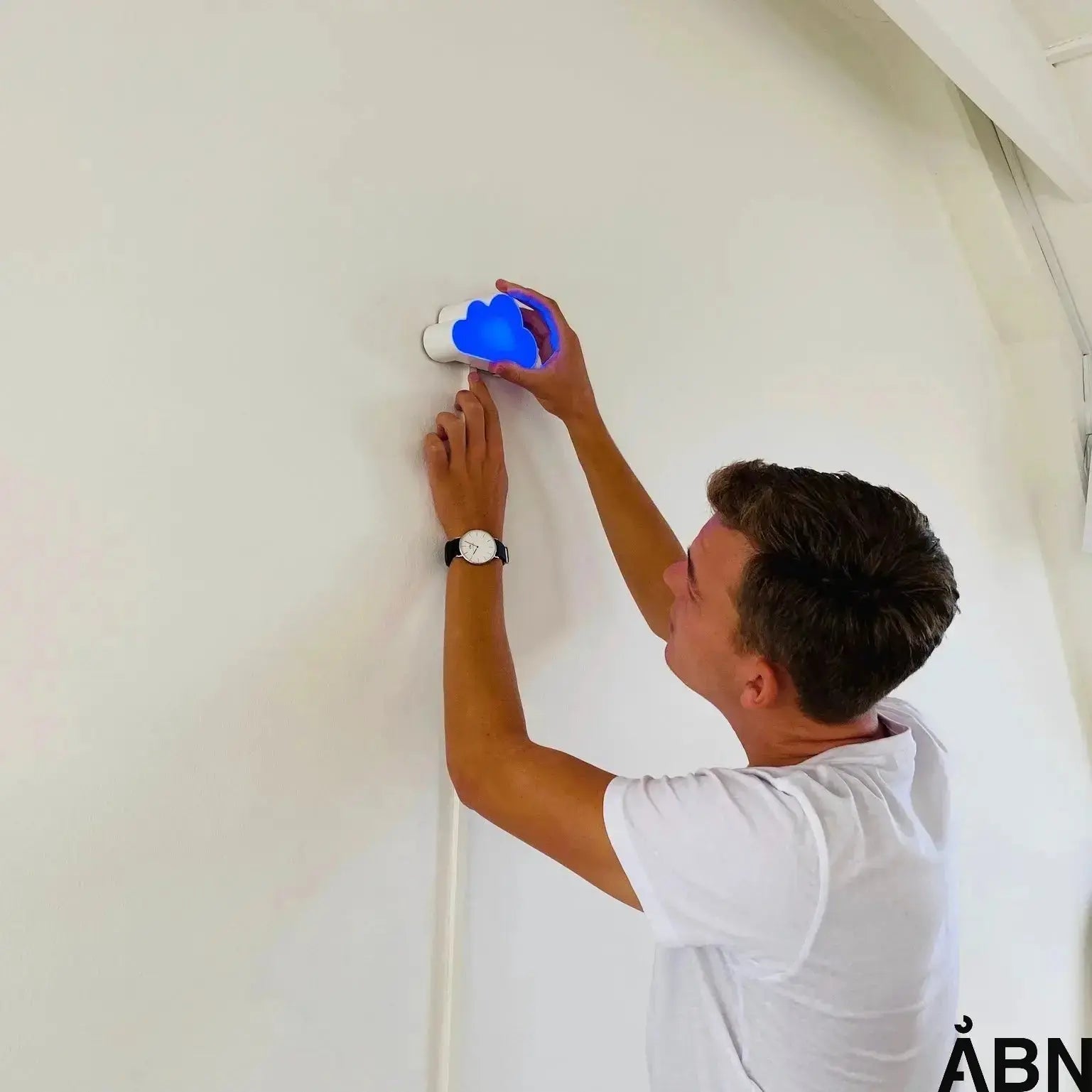Imagine an office where you can hear your colleague's keyboard clattering, the printer humming in the background, and phone calls flowing freely in the room. For many, this is not just a fantasy – it is everyday life. But noise is not just annoying. It affects our concentration, well-being and ultimately productivity. That is why it is crucial to prevent noise in the office – not just for the sake of comfort, but for the health of the entire working environment.
In this article, we guide you through how to effectively prevent noise in the office. We delve into both physical and organizational solutions and show how you, as a leader, facility manager or engaged parent, can create a healthier work environment.
Why is noise a problem in the office?
Noise in the workplace is not just a matter of comfort – it is a working environment problem. According to the Danish Working Environment Authority, unnecessarily annoying noise should be avoided and work should be organised so that noise levels are kept low. This means that we must actively work to minimise noise – not just by muffling the sounds, but also by understanding where they come from and how they affect us.
Long-term exposure to noise can lead to headaches, stress and reduced concentration. And it's not just employees who pay the price – companies also lose efficiency and quality in their work.
Three key ways to prevent noise in the office
Noise prevention is about thinking holistically. There is no one-size-fits-all solution. Instead, you need to combine physical, organizational, and technological measures to achieve a quieter, more focused work environment. Here are the three most important approaches:
1. Physical design that dampens noise
The physical environment plays a crucial role in noise levels. Smart interior design measures can make a significant difference:
- Sound-absorbing materials: Use acoustic panels on walls and ceilings to reduce reverberation time. According to Good Working Environment, the reverberation time in office spaces should not exceed 0.6 seconds.
- Sound barriers: Barriers between workstations should cover at least 2/3 of the distance from floor to ceiling. This helps to shield and absorb sound.
- Noise-absorbing flooring: Carpets and other soft materials can reduce the sound of footsteps and rolling office chairs.
- Separate rooms for noisy equipment: Place printers, copiers and the like in separate rooms to avoid constant hum in the work zone.
- Good distance between workstations: The closer employees sit, the easier it is for noise to spread. Ensure air and space between the seats.
At ÅBN, we work with solutions that make the indoor climate – including the sound environment – visible and understandable. Our technology helps identify where the challenges are, so you can act precisely and effectively. See for example our product Skyen , which visualizes noise and other indoor climate factors in real time.
2. Organizational measures and behavioral changes
Noise is not just a physical challenge – it is also a social and organizational one. Many noise sources come from conversations, meetings and general behavior. Therefore, it is important to set clear boundaries:
- Create zones: Divide the office into areas for different activities – for example, quiet zones for concentration and separate meeting rooms for conversations.
- Rules of conduct: Create common guidelines for how to talk to each other, use the phone, and hold meetings. This creates shared expectations and respect for each other's work peace.
- Involve the occupational health and safety organization: According to CO-Industri, it is important to involve the occupational health and safety organization early in the planning process so that noise considerations are taken into account in both the design and work processes.
At ÅBN, we know that behavior change requires data and insight. That's why we've developed tools that document noise and create awareness among employees. Read more about our approach to behavior change and documentation .
3. Technological documentation and follow-up
You can’t improve what you can’t measure. That’s why noise measurements and data-driven insights are crucial. A professional noise measurement can identify precise noise sources and assess the reverberation time in the room. According to Lydac , it’s only when you have data that you can choose the right solutions – such as acoustic panels, partitions or changes to the interior design.
ÅBN's technology makes it possible to visualize noise levels in real time. This means you can follow developments, see the effect of your initiatives and involve employees in a joint effort. Our dashboards make the indoor climate as easy to understand as a weather forecast – and just as important to act on.
How to get started with noise prevention
Preventing noise in the office doesn't necessarily require a complete renovation. Often, small steps can make a big difference. Here's a step-by-step guide to getting started:
- Start with a measurement: Get an overview of the current noise level and identify the largest sources.
- Involve employees: Ask them where and when they experience noise – and how it affects them.
- Make a plan: Combine physical solutions (e.g. acoustic panels) with behavioral rules and zoning.
- Implement gradually: Test solutions on a smaller scale and adjust based on feedback and data.
- Evaluate continuously: Use technology to track developments and ensure long-term impact.
To learn more about how to document and improve the sound environment in your office, read our technical documentation .
FAQ – frequently asked questions about noise prevention in the office
How do you measure noise levels in an office?
Noise levels are measured in decibels (dB) with a sound level meter. A professional measurement can also assess reverberation time and identify precise noise sources.








